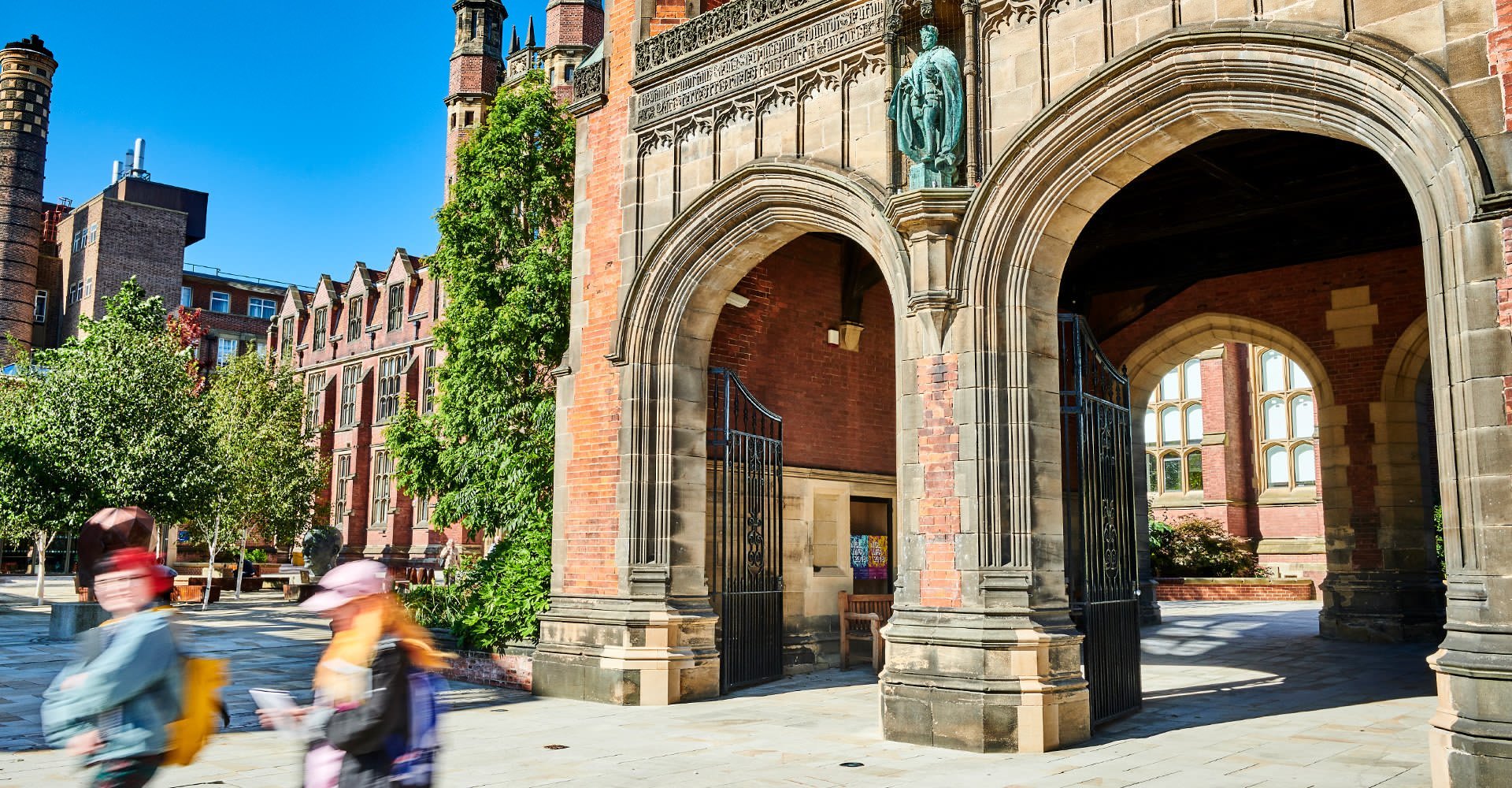DSC8012 : Geospatial Technologies for the Humanities
- Offered for Year: 2025/26
- Module Leader(s): Dr Louise Rayne
- Co-Module Leader: Dr Francesco Carrer
- Lecturer: Dr Mark Kincey, Dr Niall Cunningham, Dr Tatiana Alvares-Sanches
- Owning School: History, Classics and Archaeology
- Teaching Location: Newcastle City Campus
Semesters
Your programme is made up of credits, the total differs on programme to programme.
| Semester 2 Credit Value: | 20 |
| ECTS Credits: | 10.0 |
| European Credit Transfer System | |
Aims
This module will be structured around identifying challenges in the humanities, and learning how geospatial tools and spatial data analysis can be used to tackle them. Spatial questions can be challenging to address in the humanities, because of issues such as degree of preservation, wide range of environment types and conditions, ethical considerations, and data collection. This means unique approaches are needed.
We will take an international perspective, exploring how these technologies can be applied to human societies and their interactions with their environment around the world. The most appropriate choice of geospatial dataset and technique can vary considerably depending on geographic location; students will be equipped to make these choices.
Outline Of Syllabus
The format will be a lecture and a computer practical each week, including an introductory lecture and a wrap up week with assignment/computer surgery. Each week a new topic and a new GIS tool will be introduced.
Some key topics are listed below, although additional or alternative topics might be included:
GIS refresh: Geospatial approaches in the humanities
Challenge: Modelling heritage sites in detail. Approach: Photogrammetry using drone images
Challenge: Recording locations inaccessible due to vegetation or lack of aerial coverage. Approach: Ground and Airborne Laser scanning
Challenge: Data paucity after natural/anthropogenic hazard situations. Approach: Crowdsourced disaster mapping
Challenge: Change and destruction of settlements and monuments due to abandonment, land use change and conflict. Approach: Automated Monitoring using satellite data
Challenge: Estimating change in cultural landscapes based on historic information. Approach: Predictive modelling through Machine Learning (logistic modelling, MaxEnt, random forest),
Challenge: Mapping human activities from space. Approach: Remote sensing multi sensor and AI driven approaches for site detection
Challenge: How can we map more than structures? Approach: Acoustic mapping of urban areas.
Teaching Methods
Teaching Activities
| Category | Activity | Number | Length | Student Hours | Comment |
|---|---|---|---|---|---|
| Scheduled Learning And Teaching Activities | Lecture | 9 | 1:00 | 9:00 | Formal lecture |
| Guided Independent Study | Assessment preparation and completion | 38 | 1:00 | 38:00 | Independent reading, based on specific reading list for each week |
| Guided Independent Study | Assessment preparation and completion | 50 | 1:00 | 50:00 | Research paper (3000 words) |
| Guided Independent Study | Assessment preparation and completion | 26 | 1:00 | 26:00 | Compile the lab report (1500 words) |
| Scheduled Learning And Teaching Activities | Practical | 9 | 2:00 | 18:00 | Computer practical's |
| Guided Independent Study | Skills practice | 40 | 1:00 | 40:00 | Independent practice of digital skills acquired during the practical classes. |
| Scheduled Learning And Teaching Activities | Drop-in/surgery | 1 | 2:00 | 2:00 | Software surgery |
| Guided Independent Study | Independent study | 17 | 1:00 | 17:00 | Independent reading, using reading list as a starting off point |
| Total | 200:00 |
Teaching Rationale And Relationship
Lectures will introduce each key challenge, its theoretical framework and relevant case studies. The practical classes will allow students to address the challenges using different geospatial tools and workflows.
Assessment Methods
The format of resits will be determined by the Board of Examiners
Other Assessment
| Description | Semester | When Set | Percentage | Comment |
|---|---|---|---|---|
| Practical/lab report | 2 | M | 20 | Document outputs from each practical e.g. maps/graphs, with short description for methods for each (1500 words) |
| Research paper | 2 | M | 80 | Solve a humanities problem of their choice using geospatial tools, demonstrate results, explain methods (3000 words) |
Assessment Rationale And Relationship
Document outputs from each practical e.g. maps/graphs, with short description for methods for each: This assessment will allow students to consolidate the practical methodologies covered by the syllabus, demonstrating they can meet the learning outcome of using geospatial software to tackle challenges in the humanities.
Solve a heritage science problem of their choice: This will be in the format of a paper. Students will develop a research question, and show their ability to select the most appropriate methods and datasets to answer it, drawing on the materials covered throughout the syllabus. This will allow them to demonstrate their practical skills and problem-solving abilities. Emphasis will be put on the critical analysis of the analytical results.
Reading Lists
Timetable
- Timetable Website: www.ncl.ac.uk/timetable/
- DSC8012's Timetable
